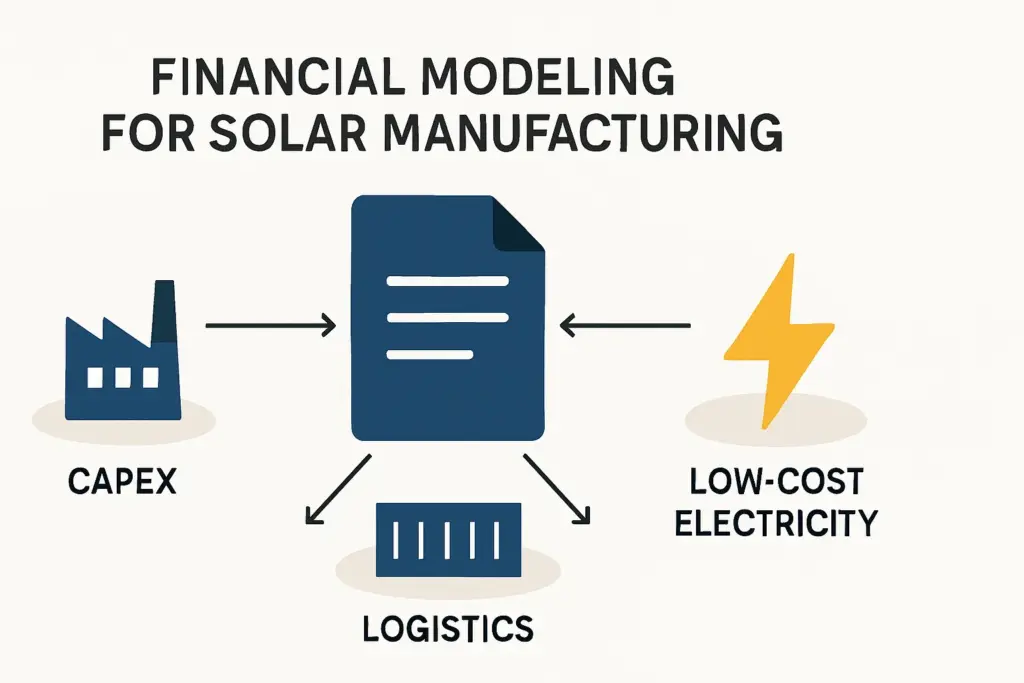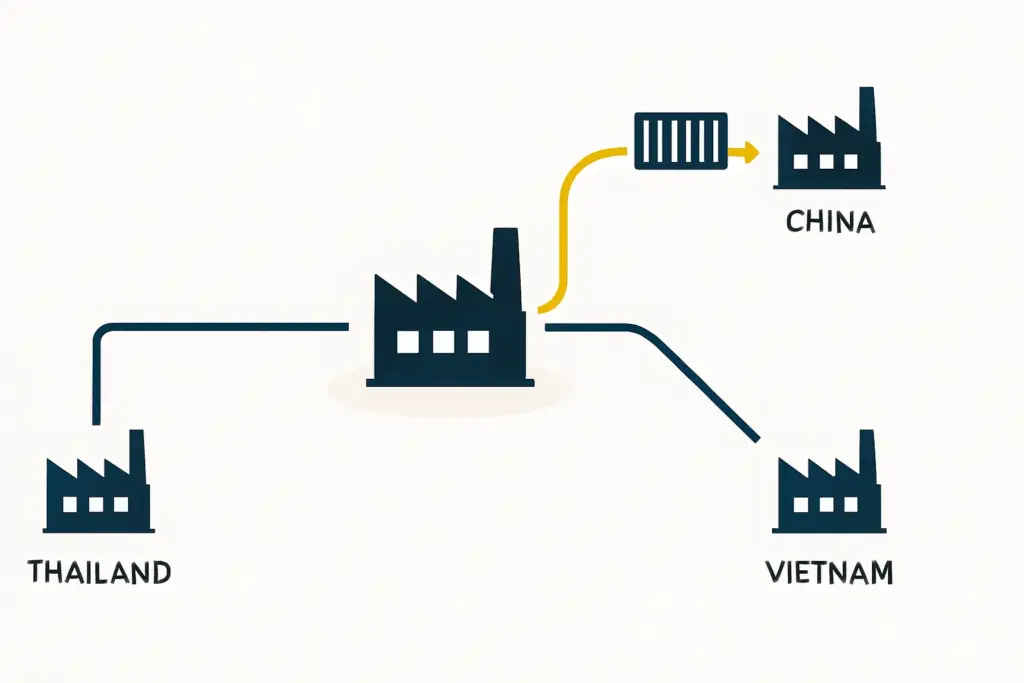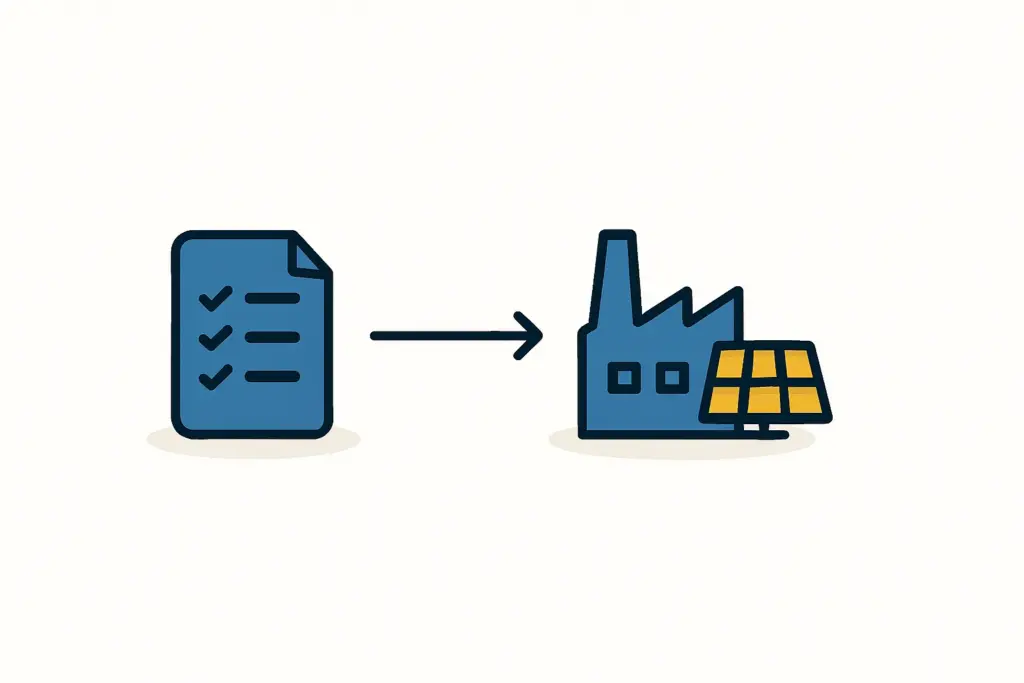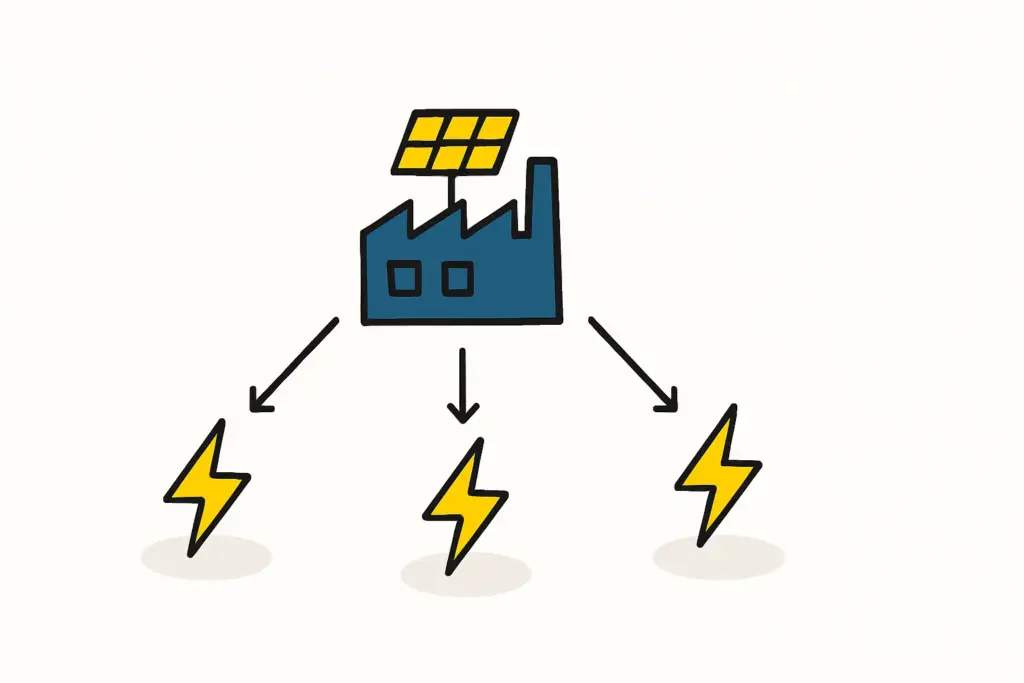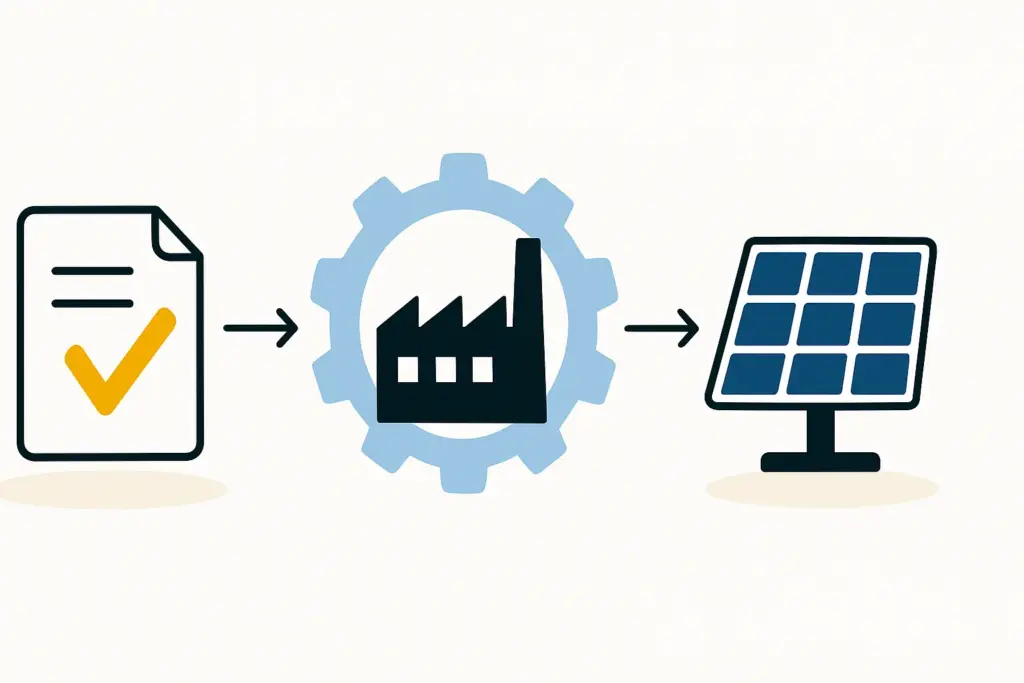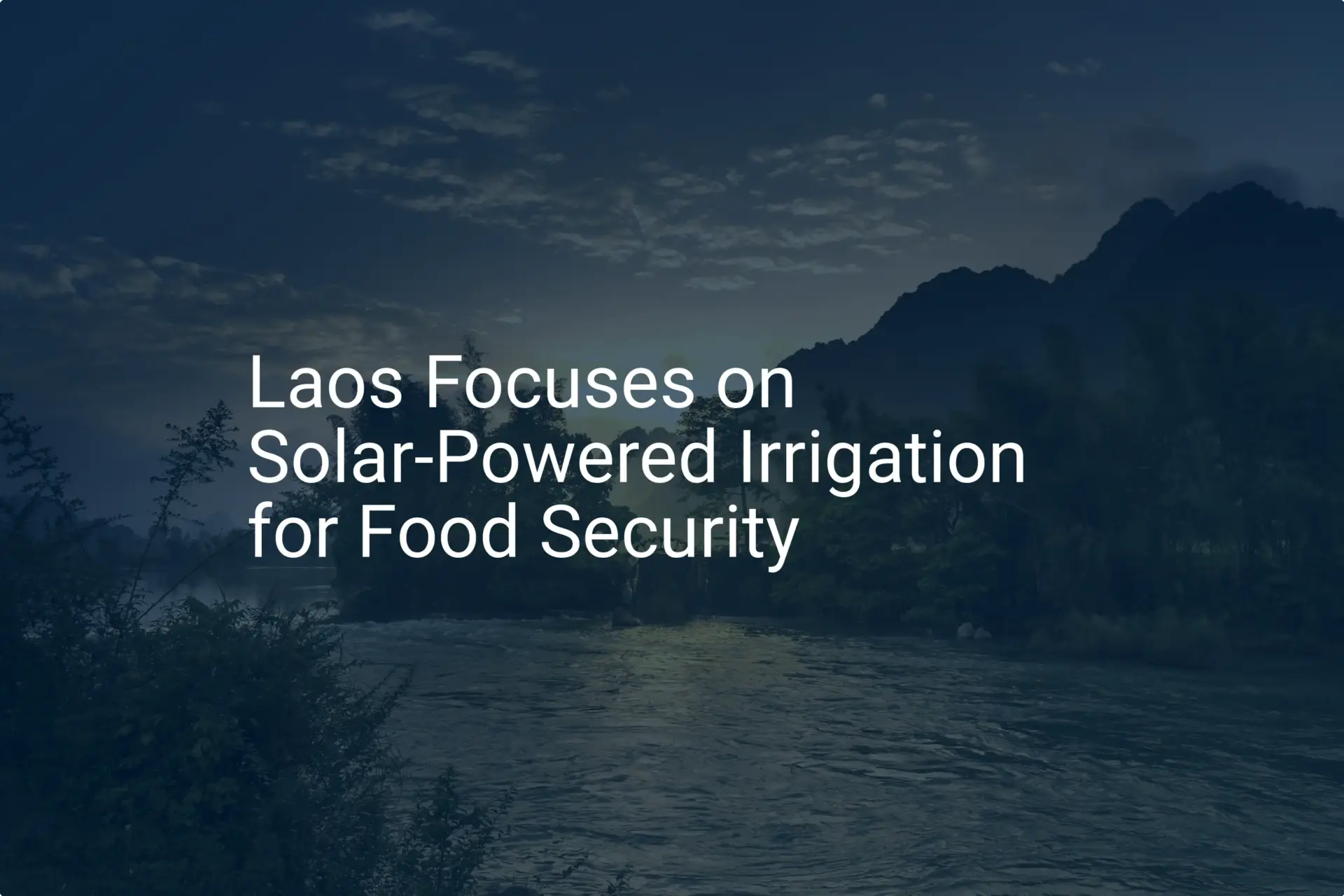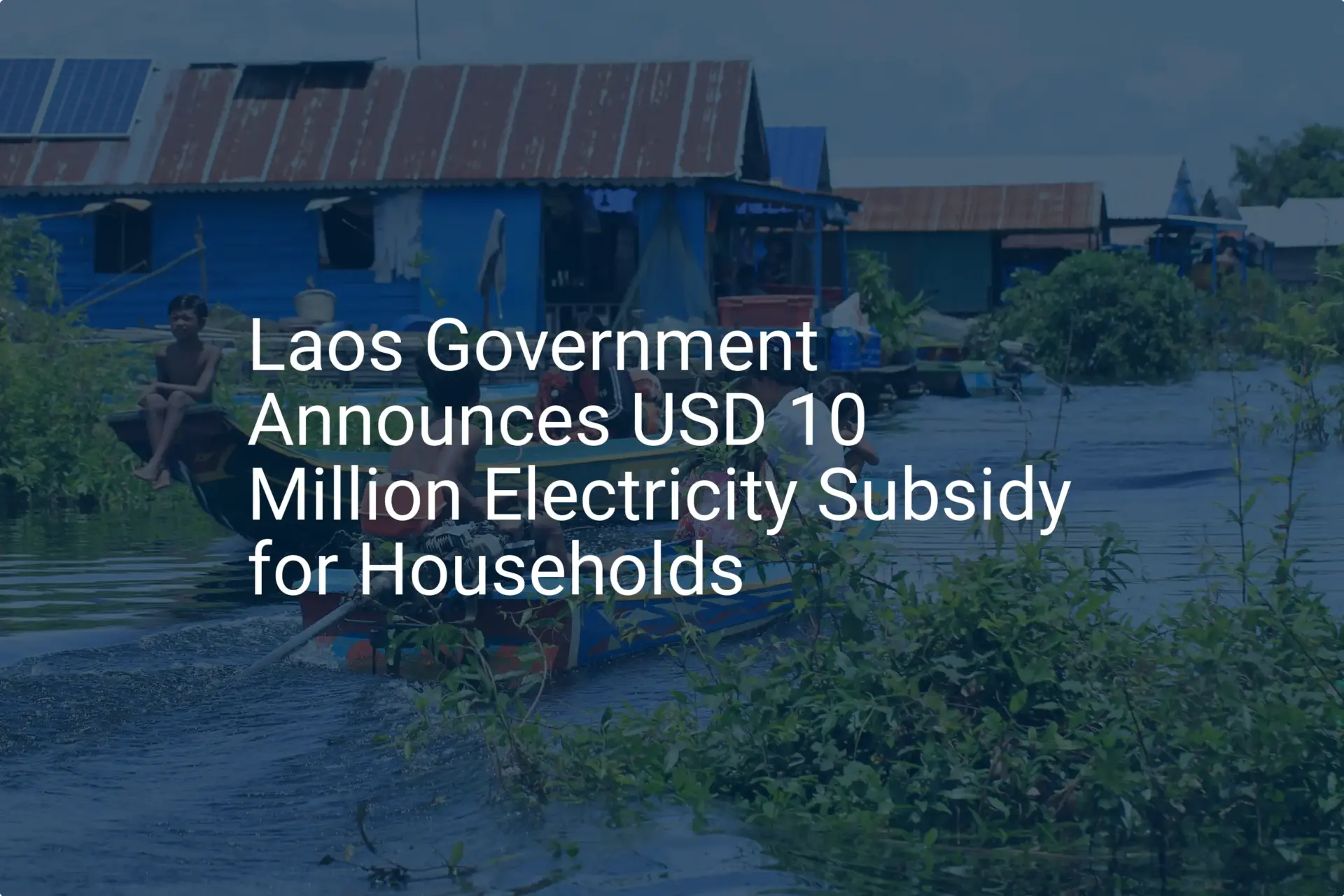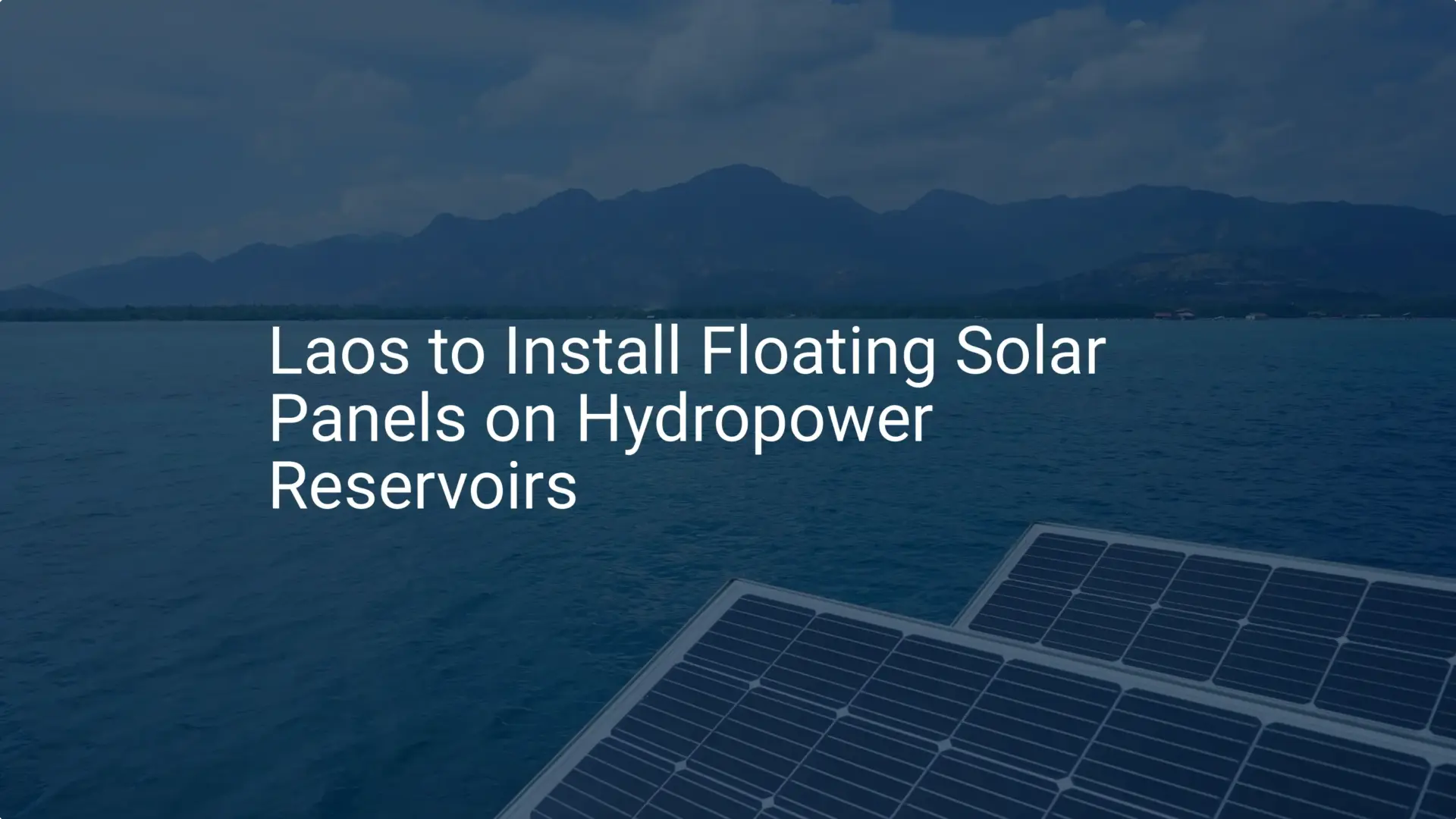Gain comprehensive insights into the statistics and metrics surrounding the solar production industry in Laos
- Climate Top (n.d.). Sunshine & Daylight Hours in Vientiane, Laos. Retrieved January 15, 2025, from https://www.climate.top/laos/vientiane/sunlight/
- Climate Top (n.d.). Sunshine & Daylight Hours in Luang Prabang, Laos. Retrieved January 15, 2025, from https://www.climate.top/laos/luang-prabang/sunlight/
- Nomad season (2024, May 6). Monthly climate in Sekong, Laos. Retrieved January 15, 2025, from https://nomadseason.com/climate/laos/xekong/sekong.html
- International Renewable Energy Agency (2024, July 31). Energy profile – Lao People’s Democratic Republic. Retrieved January 15, 2025, from https://www.irena.org/-/media/Files/IRENA/Agency/Statistics/Statistical_Profiles/Asia/Lao-Peoples-Democratic-Republic_Asia_RE_SP.pdf
- The Laotian Times (2024, September 2). Ministry of Energy and Mines Considers Electricity Price Adjustments for 2024-2028. Retrieved January 15, 2025, from https://laotiantimes.com/2024/09/02/ministry-of-energy-and-mines-considers-electricity-price-adjustments-for-2024-2028/
- Vientiane Times (2019, June 28). Govt agrees to lower electricity rates to promote productivity. Retrieved January 15, 2025, from https://vientianetimes.org.la/freeContent/FreeConten_Govt_agrees_149.php
- Asian Development Bank (2019, November). Lao people’s democratic republic energy sector assessment, strategy, and road map. Retrieved January 15, 2025, from https://www.adb.org/sites/default/files/institutional-document/547396/lao-pdr-energy-assessment-2019.pdf
- The World Bank (2024, June). Technical Recommendations for Lao People’s Democratic Republic Long-Term Low-Emission Development Strategy. Retrieved January 15, 2025, from https://documents1.worldbank.org/curated/en/099061924060525119/pdf/P177594179d63d0841b6011b624234b8b13.pdf
- International Renewable Energy Agency (2024). Renewable energy statistics 2024. Retrieved January 15, 2025, from https://www.irena.org/-/media/Files/IRENA/Agency/Publication/2024/Jul/IRENA_Renewable_Energy_Statistics_2024.pdf
- Energy Trend (2024, July 30). Opportunities and challenges in Southeast Asia’s photovoltaic market. Retrieved January 15, 2025, from https://www.energytrend.com/news/20240730-48062.html
- Earth Journalism Network (2023, November 14). Laos looks to renewables as inflation hits energy prices. Retrieved January 15, 2025, from https://earthjournalism.net/stories/laos-looks-to-renewables-as-inflation-hits-energy-prices
- The World Bank (2021, October 26). Implementation completion and results on an IDA credit in the amount of SDR 21.4 million (US$30 million equivalent) to the Lao People’s Democratic Republic for a power grid improvement project. Retrieved January 15, 2025, from https://documents1.worldbank.org/curated/en/726761635537794917/pdf/Lao-Peoples-Democratic-Republic-Power-Grid-Improvement-Project.pdf
- International Renewable Energy Agency (2016, December 12). Renewable Energy Data in Lao PDR. Retrieved January 15, 2025, from https://www.irena.org/-/media/Files/IRENA/Agency/Events/2016/Dec/12/Laos-presentation.pdf?la=en&hash=C3EE41F35C533D50672C4A75B1AA0D9D10C8C66C
- Phnom Penh post (2022, February 1). Laos: 58 solar power plants planned. Retrieved January 15, 2025, from https://phnompenhpost.com/business/laos-58-solar-power-plants-planned
- Sustainable Development Futures (2010, May 26). Solar Home Systems in Laos. Retrieved January 15, 2025, from https://sites.utu.fi/sdf/solar-home-systems-in-laos/
- DFDL Law practice (2017, May 9). Lao PDR: Challenges and opportunities for solar power development. Retrieved January 15, 2025, from https://www.dfdl.com/insights/news/lao-pdr-challenges-and-opportunities-for-solar-power-development-in-the-lao-pdr/
- Mekong Eye (2023, October 23). Laos looks to renewables as inflation hits energy prices. Retrieved January 15, 2025, from https://www.mekongeye.com/2023/10/23/laos-renewables-inflation
- World salaries (n.d.). Average Salary in Laos for 2025. Retrieved January 15, 2025, from https://worldsalaries.com/average-salary-in-laos/
- World salaries (n.d.). Average Solar Engineer Salary in Laos for 2025. Retrieved January 15, 2025, from https://worldsalaries.com/average-solar-engineer-salary-in-laos/
- World salaries (n.d.). Average Installer Salary in Laos for 2025. Retrieved January 15, 2025, from https://worldsalaries.com/average-installer-salary-in-laos/
- World salaries (n.d.). Average Structural Engineer Salary in Laos for 2025. Retrieved January 15, 2025, from https://worldsalaries.com/average-structural-engineer-salary-in-laos/
- Worldometers (n.d.). Laos population. Retrieved January 15, 2025, from https://www.worldometers.info/world-population/laos-population/
- RentsBuy (n.d,). Warehouse properties. Retrieved January 15, 2025, from https://rentsbuy.com/oldversion/all-properties/warehouse.html
- Asian Development Bank (2018, August). Water Supply and Sanitation Sector Project (Additional Financing): Report and Recommendation of the President. Retrieved January 15, 2025, from https://www.adb.org/sites/default/files/linked-documents/45301-003-fa.pdf
- Rent Laos (n.d.). Office space. Retrieved January 15, 2025, from https://www.rentlaos.com/property-type/office-space/
- Statista (2024, September). Non-life insurances – Laos. Retrieved January 15, 2025, from https://www.statista.com/outlook/fmo/insurances/non-life-insurances/laos
- Wikipedia (n.d.). Energy in Laos. Retrieved January 15, 2025, from https://en.wikipedia.org/wiki/Energy_in_Laos
- Greening the grid (n.d.). Lao PDR. Retrieved January 15, 2025, from https://greeningthegrid.org/where-we-work/lao-pdr
- Energypedia (n.d.). Laos energy situation. Retrieved January 15, 2025, from https://energypedia.info/wiki/Laos_Energy_Situation
- Asian Development Bank (2010, October 31). Energy Sector in the Lao People’s Democratic Republic. Retrieved January 15, 2025, from https://www.adb.org/documents/energy-sector-lao-peoples-democratic-republic
- The Prime minister’s office (2009, January). Decree on solar energy development. Retrieved January 15, 2025, from https://policy.asiapacificenergy.org/sites/default/files/Decree_on_solar_energy_development.pdf
- The International Institute for Sustainable Development (2014). Investment incentives for sustainable development: The case of Lao PDR. Retrieved January 15, 2025, from https://www.iisd.org/system/files/publications/lao_PDR_investment_incentives.pdf
- Dialogue Earth (2024, July 19). Mapping the future of solar capacity in Southeast Asia. Retrieved January 15, 2025, from https://dialogue.earth/en/energy/explainer-mapping-the-future-of-solar-capacity-in-southeast-asia/
- Power Technology (2024, October 31). Power plant profile: EDL-GEN Lao Solar PV Park, Laos. Retrieved January 15, 2025, from https://www.power-technology.com/data-insights/power-plant-profile-edl-gen-lao-solar-pv-park-laos/
- Power Technology (2024, October 31). Power plant profile: SAPP Solar Power Project, Laos. Retrieved January 15, 2025, from https://www.power-technology.com/data-insights/power-plant-profile-sapp-solar-power-project-laos/
- PrimRoot (n.d.). Top wholesale solar cell manufacturers in Laos. Retrieved January 15, 2025, from https://primroot.com/solar-cell-manufacturers-in-laos/





